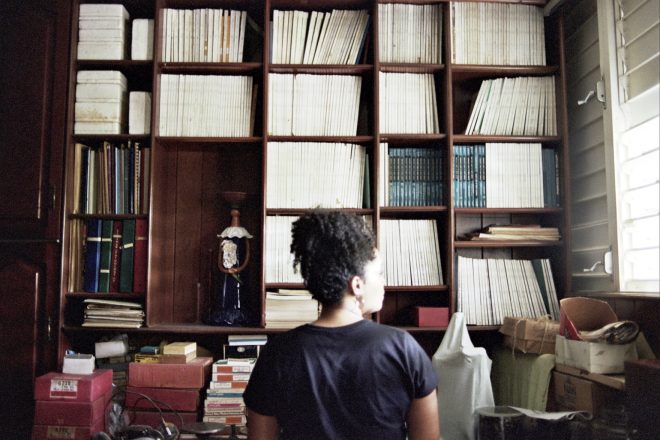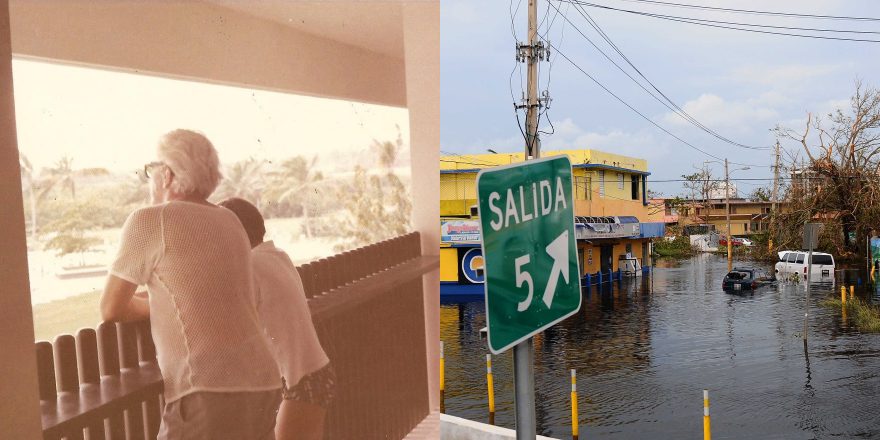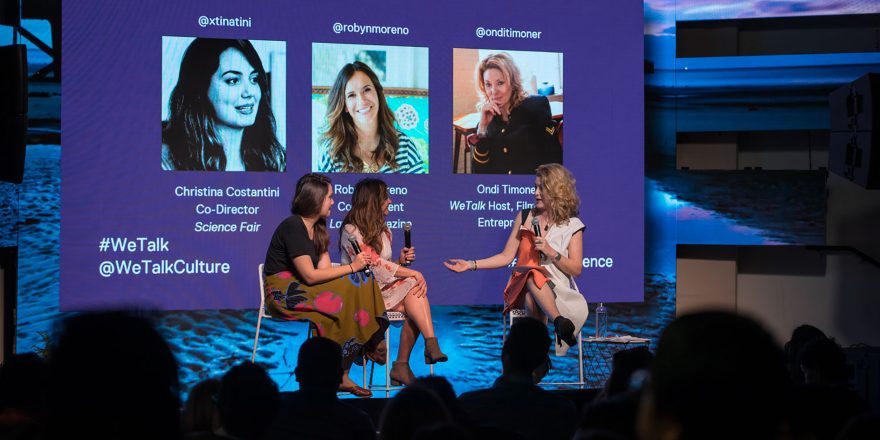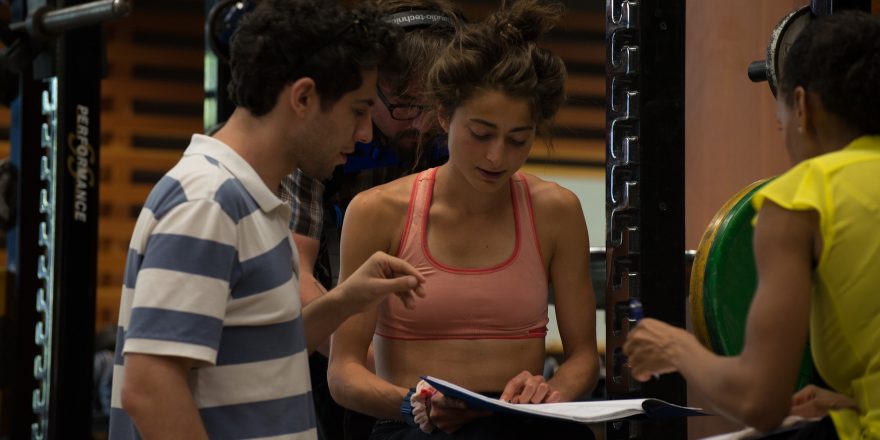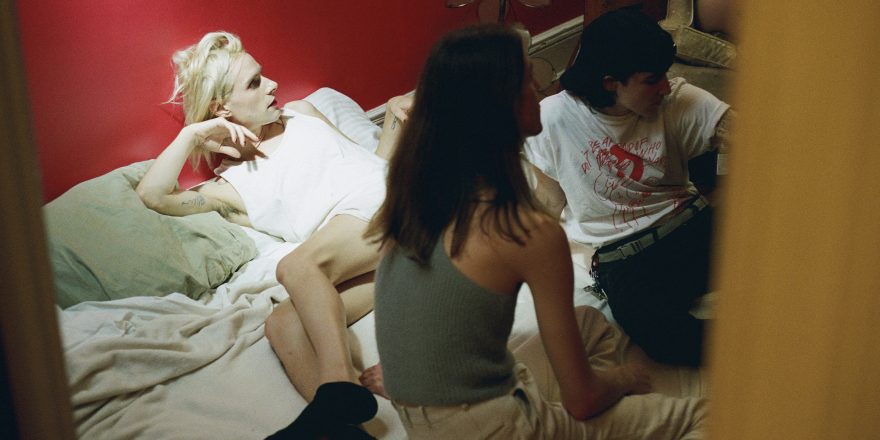At the start of summer, most kids that I knew growing up would be sent off to their beloved sleepaway camps. My neighborhood would empty out, and a quietness would inhabit the streets around our home.
As a first-generation American kid, instead of hanging out by a lake somewhere with my bunkmates, my sisters and I would spend our summers visiting our family back in the Dominican Republic. We’d humble-brag to our gringo friends about all of the fun we were going to have drinking virgin piña coladas on the beach, when in reality we’d end up spending most of the time cooped up in our grandparents’ house.
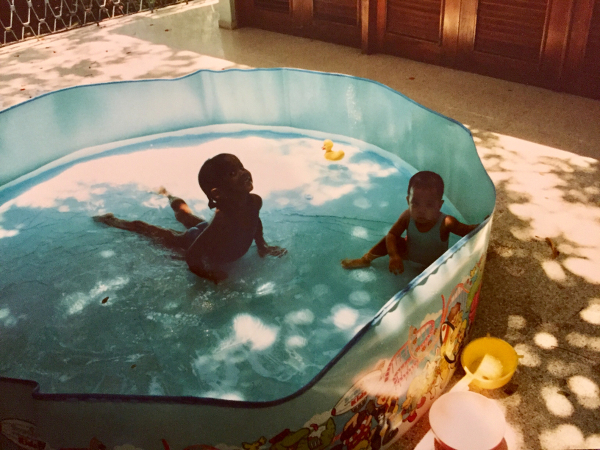
(Photo by Victor Peralta)
The majority of our days were spent without frivolous American amenities such as cable, electricity, or running water. We would secretly roll our eyes anytime we were told to sit still and be quiet while our grandfather would monologue at us about our family’s history. We survived our boredom by counting down the days until our promised beach day. In my angst, I didn’t recognize at the time that these non-events of our summers would be the most cherished moments of my childhood.
It took a moment of reckoning for me to see the beauty in our story, and that it deserved to be told. But everyone always thinks that their families are the most interesting or the craziest – what made my family any different?
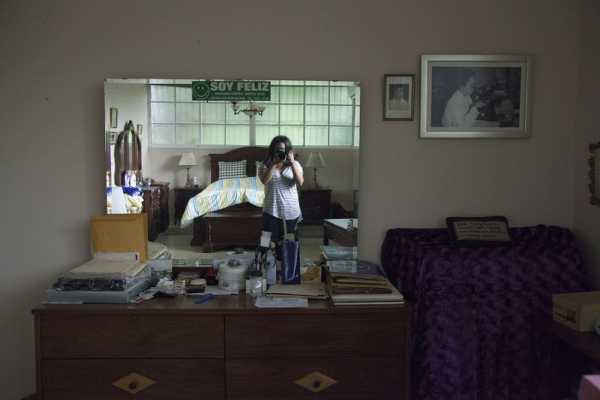
My perspective began to shift during my grandparents’ final years. In 2013, my abuelo Andres was diagnosed with stage IV liver cancer and passed away a few weeks later. In 2017, my abuela Marina discovered that the ovarian cancer she had spent a decade fighting had returned with a fury. To add salt to the wound, in the middle of it all, my father was diagnosed with stage IV colon cancer (he survived and is currently in good health, gracias a dios).
This dark time sparked a kind of existential crisis. These people were my anchor to the island. Once they were gone, what would I have to go back to?
The closer I got to losing everything, the more important the seemingly mundane memories I had in the Dominican Republic became to me. I felt an urgent need to document and capture everything, so that I would never forget it the moment it all went away. The house became the focus of my obsession.
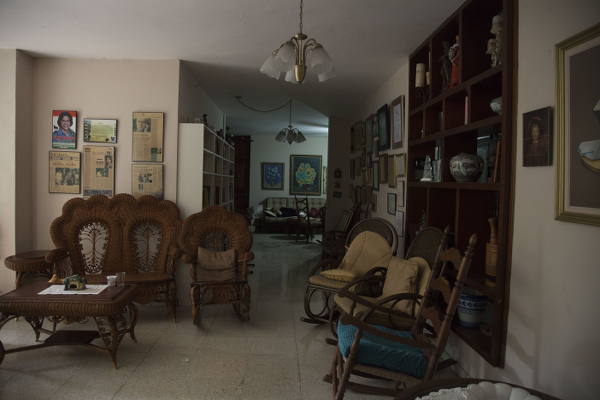
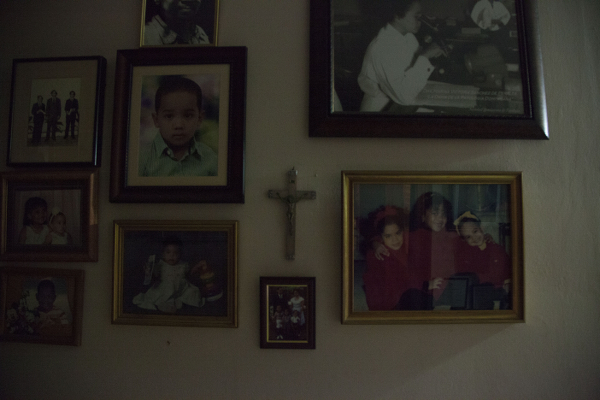
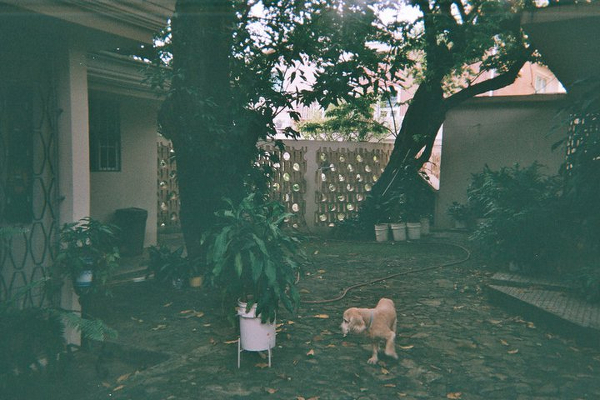
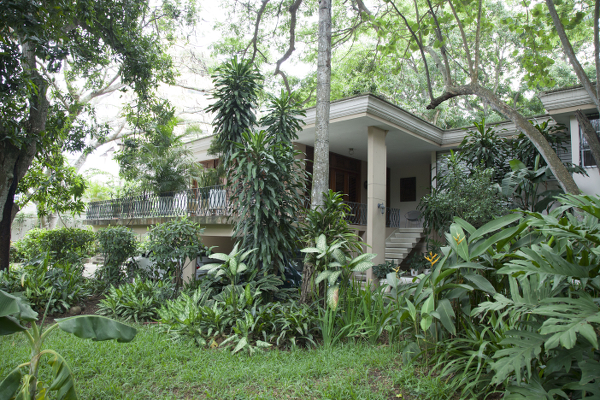
It’s the house my grandparents built. Abuelo fought with the builders for months to preserve the ancient trees on the property, finally only agreeing to let them cut down a single small guava tree in the middle of the plot.
It’s the house where my grandparents, father and uncles survived a junta militia attack on constitutionalist rebels in their own backyard. The battle started at the Matum Hotel, right next door to the house. Government soldiers forcefully occupied the house. The asphalt in front of the house was marked by tank tracks for years afterwards and the large palm tree in the yard still has a bullet lodged in it.
It’s where I celebrated my first birthday.
It’s where my teenage sisters and I first discovered our love for rum. We would find ourselves bored out of our minds during long power outages and secretly get tipsy drinking Presidente and Brugal. The sugar high of the rum would set off hysterical laughing fits and impromptu dance parties until our Walkman batteries died.
It’s where my 4-foot-11 grandmother scared off a rookie robber one night. After my grandfather passed, she insisted on living alone. The house was not in the greatest shape at that point, so the kid probably assumed that it was abandoned. I imagine he had visions of all the riches he’d find breaking into a big house like that. Instead, he found a tiny yet terrifying 87-year-old woman wielding a frying pan.
It’s where my grandmother and I found ourselves alone in the house one summer. She was frail from years of fighting cancer and dealing with chemo. She rested her head on my shoulder while we watched a badly dubbed Run Fatboy Run on repeat. She was so weak, but would rattle with laughter every time Simon Pegg would pull off some Charlie Chaplin-esque stunt. She loved a good pratfall. Her body would shake so dramatically with every laugh that I secretly worried her bones would break.
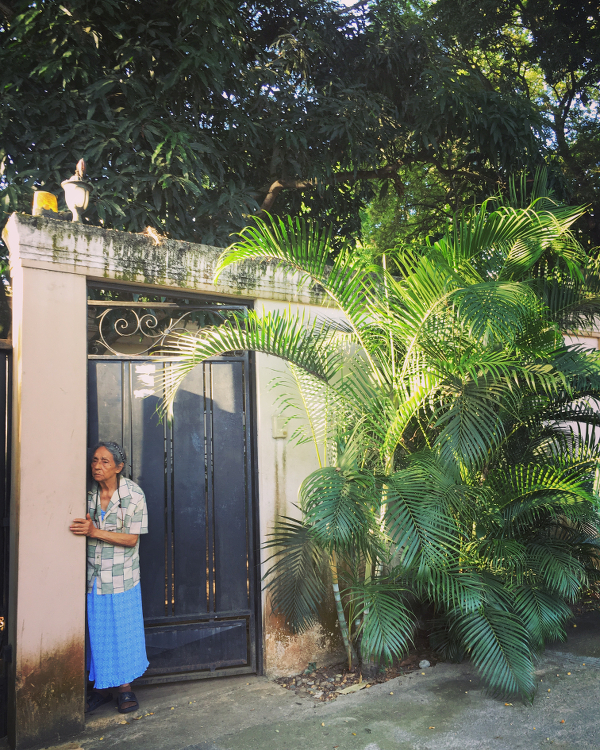
Stories like these would eventually inspire the narratives of my characters in my film De Lo Mio. The same rooms, sounds, personalities and objects that I experienced became the foundation for my story. I decided that the house had to be the setting in which my characters reunited and coped with their loss. I had all of the elements in place; all I had to do was to sit down and write it.
The sicker my grandmother got, the more pressure I felt to make it happen. I desperately wanted her to be a part of the film and to see it all come to fruition. I simply ran out of time. After months of going back and forth to the island to be with her during her final months, one day she was gone.
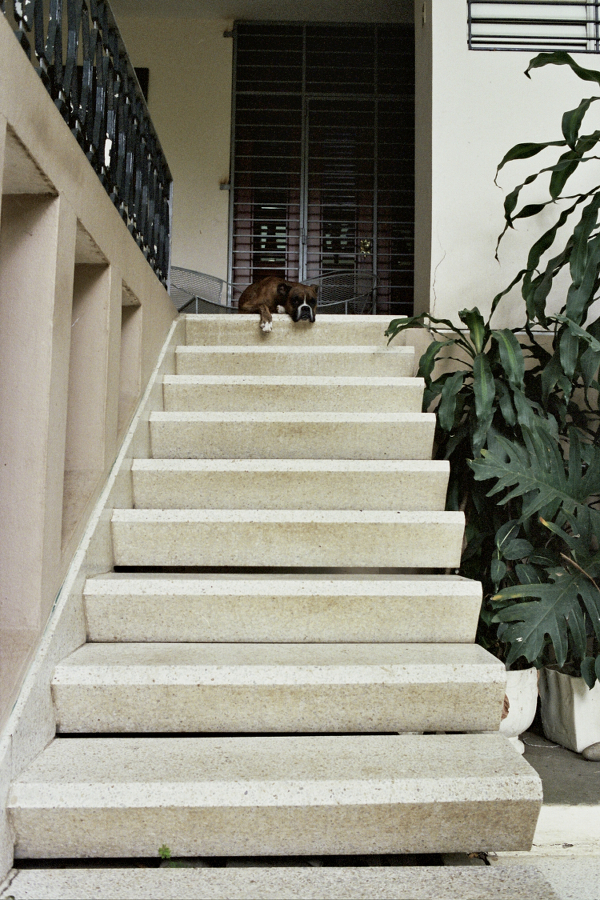
I returned home to New York City and began to settle back into my routine. I took a break from the film because I wanted to give myself space to grieve. A few months later, I was at work on an unremarkable day when I heard the sobering news that my grandparents’ home would soon be sold and knocked down. I ran to the bathroom and had a mini-mental breakdown over the possibility of losing the chance to finally tell my story. I realized, if I didn’t do this now, I would regret it forever. In that very bathroom stall, I decided I would quit my very stable advertising job and dedicate myself fully to making the film. Six months later, I was back on the island with a crew of 15 brilliant filmmakers.
I was a nervous wreck in the days leading up to the shoot. I arrived a week early to ease my way into things. I didn’t sleep for days, overwhelmed by racing thoughts of how I was going to fail miserably. I had never done anything like this before and had no idea what I was doing. Somehow, I had convinced a group of professionals that this story was worth it. I worried I had sold them a lie and that at any moment my fraud would be exposed to the world. But I felt the fear and did it anyway.
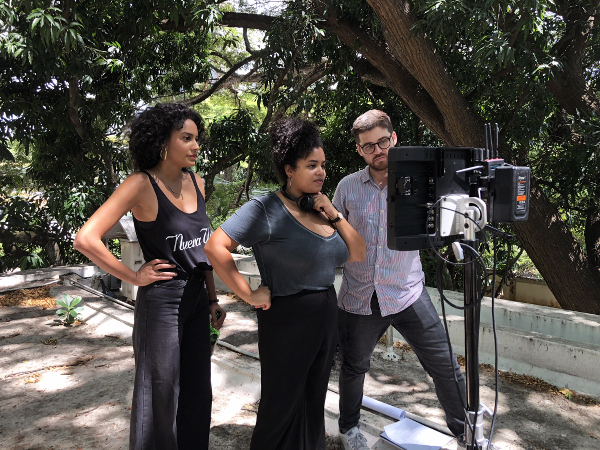
The noise of my impostor syndrome faded the moment I stepped onto set that first morning. Something shifted the gears in my system and I suddenly felt ready. Through the remainder of the shoot, I kept calm and focused. We shot the entire film in 14 days. Somehow, no one got hurt, no one got sick, and we got the footage we needed. I consider that a success.
Tomorrow, I will be premiering De Lo Mio at BAMcinemaFest. I’m thrilled (and slightly terrified) to finally share it. Watching the finished product can be a bit of an emotional rollercoaster. Sometimes I have moments of ecstatic highs and pride from the fact that I actually did it. Other times, I have these sudden pangs of heartache when I see my family’s home on the big screen. I’ll get triggered by seeing my grandmother’s slippers on the floor or my characters falling asleep in my father’s childhood bedroom. Despite the rush of emotions, I find comfort in the fact that even though the house is gone, I was able to memorialize it all on film.

Going through this process has opened a world of possibilities for me. I’ve realized that there is so much material and inspiration to pull from in my everyday experiences and things I’ve seen other people go through. I find myself daydreaming about compelling memories and moments and translating them into little scenes. If I get a good idea, I pause everything I’m doing in that moment and jot it down. With time, these vignettes will somehow come together to form a bigger picture. It’s still early in the process, but I know my next project will be a love letter to my upbringing in New York.
These days, I’m back at work freelancing in the advertising world. I’m taking this moment to recoup mentally and financially, and to see my first feature film through to the end. I’m already starting to feel the same buzz and restlessness of “what’s next?” I’m just waiting for the right moment to break away and do it all again.
Featured image of Diana Peralta in her grandfather’s study by Michelle Peralta. All other images by Diana Peralta, unless stated.



